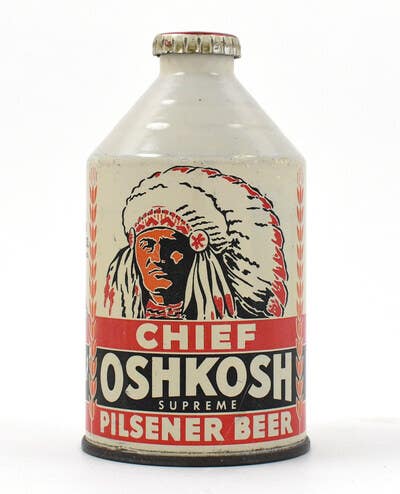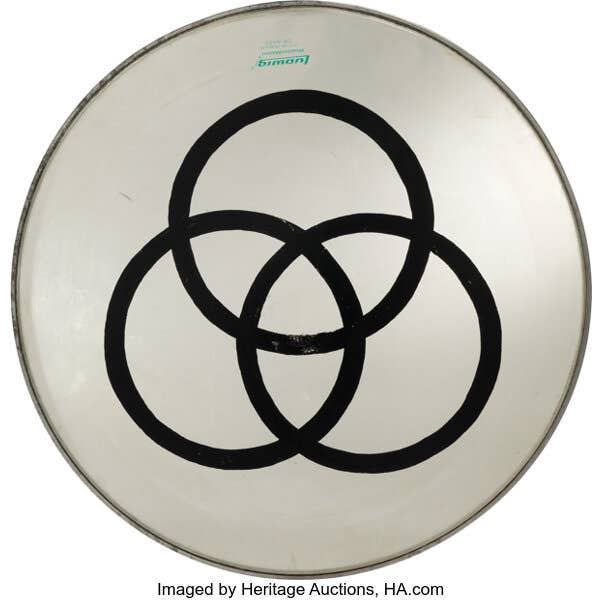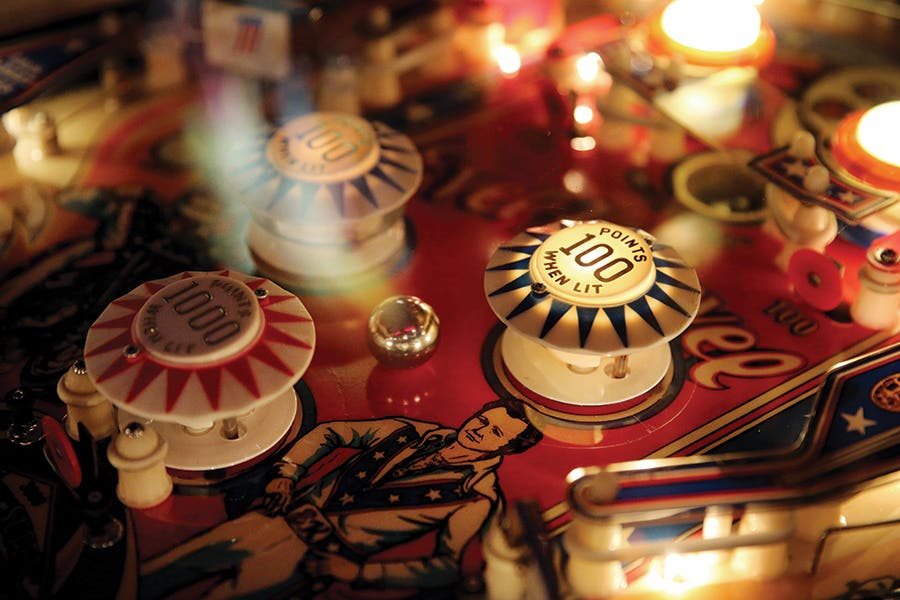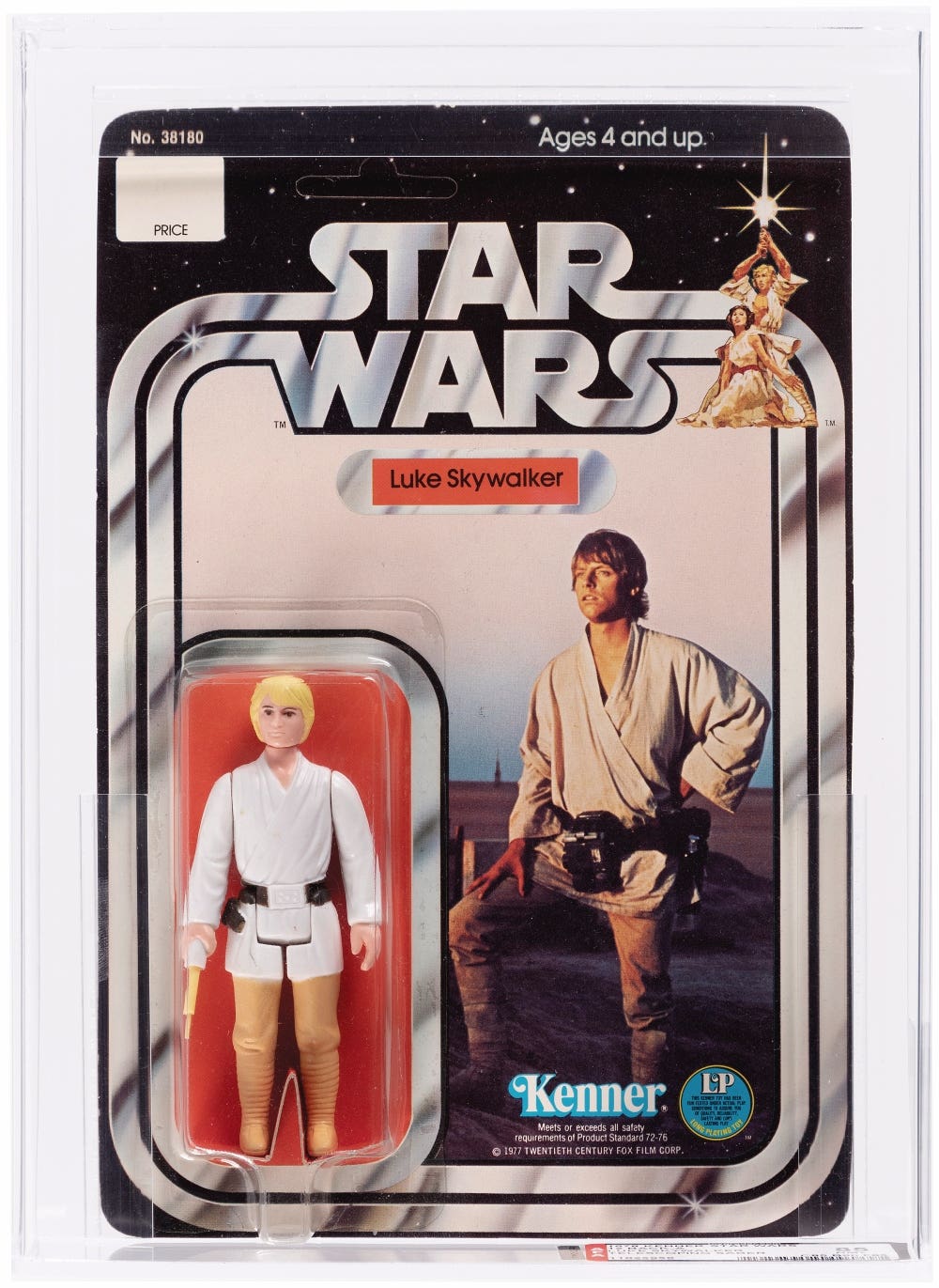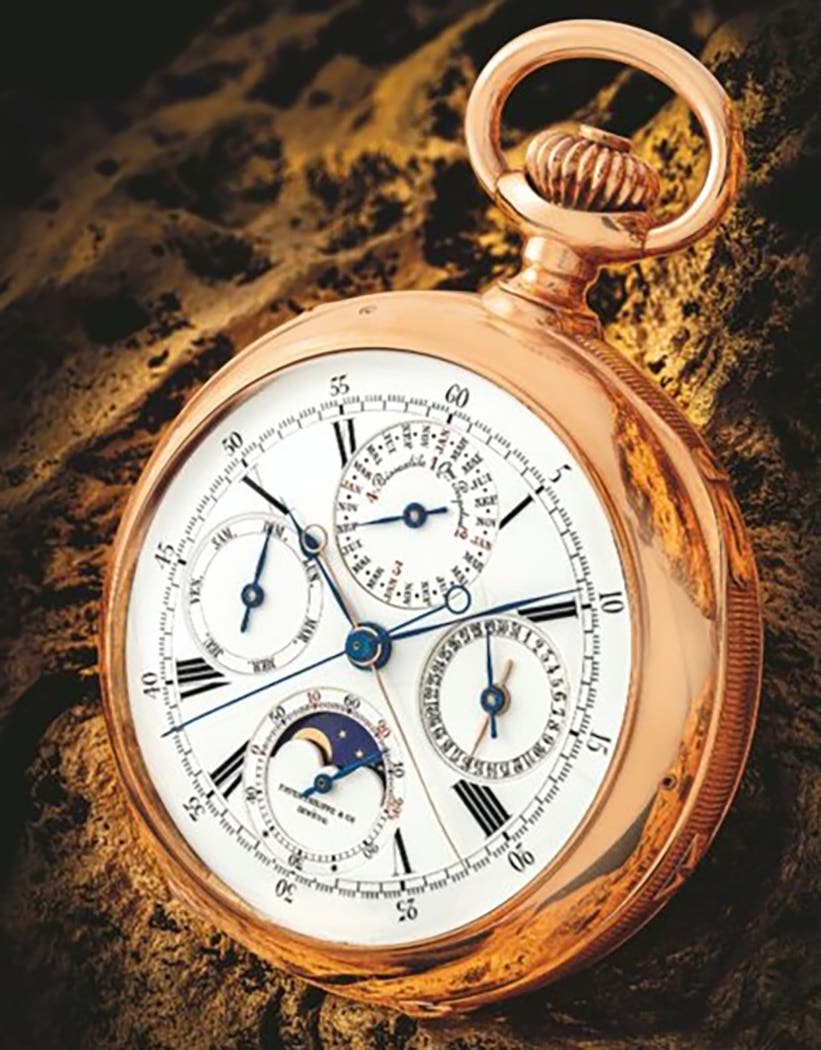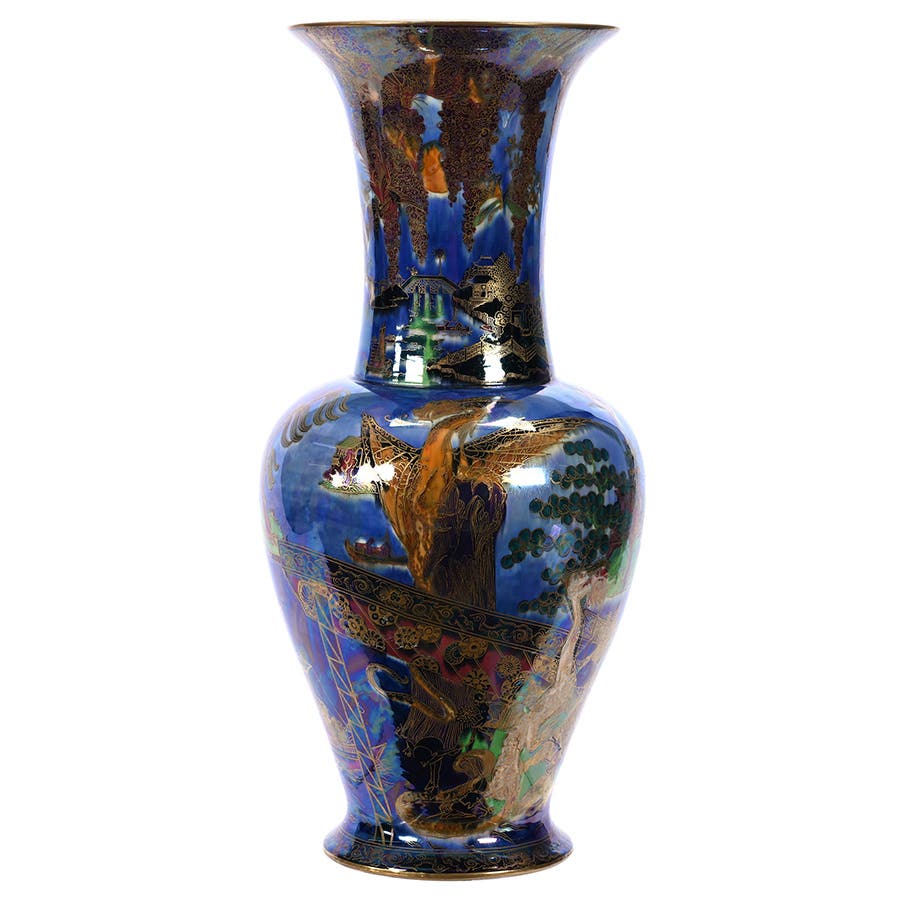The Story of Han Solo’s Blaster
The iconic Star Wars weapon is one of film’s greatest movie props. Acclaimed Star Wars art director James Schoppe explains how it came to be.
When word got out in 2018 that James Schoppe, the Academy Award-nominated art director for Return of the Jedi, was opening his collection of Star Wars memorabilia to the world you could hear fans around the world gasp at the same time. Schoppe kept boxes of absolute Star Wars treasures, untouched, for more than 35 years.
Never-before-seen script page, binders full of detailed production notes, sketches and more went up for bid. There was one item, however, that grabbed international headlines: Schoppe kept the iconic prop weapon used by Harrison Ford as the swashbuckling Han Solo, the BlasTech DL-44.
The weapon was one of many, non-firing props built by his close friend and prop master Peter Hancock, who gave the blaster to Schoppe as a gift when “Star Wars was over.” The Star Wars trilogy consisted of the original Star Wars (1977), The Empire Strikes Back (1980) and Return of the Jedi (1983). Of course, Star Wars never really ended, as a slew of prequels and sequels and spin offs followed.
Nevertheless, the first three movies hold a special place in the hearts of fans, which explains how, thanks to enthusiastic bidding, the Schoppe’s Han Solo movie prop sold for an eye-popping $550,000.
For the first time, Schoppe reminisces about the challenges of making the film and the lifelong friendships based on imagination and respect.
How much imagination came to play when developing weapons for the film?
Schoppe: In conversation with Peter Hancock and other prop makers in London, I learned [Star Wars creator] George Lucas does not like visible screw heads on weapons or other space stuff. Things would be more like they were made in a 3-D printer. As that technology was not available back in the day we made a lot of dummy guns for [notorious crime boss Jabba the Hutt’s] guards, along with some spear-like weapons, bows and arrows and Ewok axes.
How difficult was your role as art director to unify Return of the Jedi’s visual elements when the picture required so many different locations (desert, redwood forests, etc.)?
Schoppe: As Return of the Jedi was the third Star Wars movie, the Star Wars style had been previously established by the prior two films. The production designer, Norman Reynolds, and the prop master, Peter Hancock, continued the Star Wars style with Jedi. My job was to carry on the Star Wars style and to communicate that to my very talented construction crew and prop makers here in the United States.
I traveled to London and met with the Art Department people and took a lot of pictures of the Ewok village’s details, as well the other sets to help my U.S. carpenters with the visuals of the Star Wars style.
Back in the U.S., work continued on three fronts: the desert, the redwoods and the San Rafael Lucas Studios. I traveled between the three locations. Norman and Peter made several visits to the locations to see our progress and to meet with George [Lucas].
In which ways did this film challenge you to “raise the bar” for this third and (then presumed) final installment?
Schoppe: The bar had already been pretty much set. Our job in the United States was to keep our end of the bar up. The U.S. Art Department, construction and special effects built one of the biggest sets in Hollywood history, [Jabba the Hutt’s Sail Barge at the Sarlacc’s Pit] which was built under very harsh conditions. Luckily the weather for filming was good.
Back up in the Redwoods it was rain, rain, rain. The tractors were getting stuck while trying to dig out the Bunker location. All in all the U.S. team did well as we were on schedule and on budget.
Can you describe the special friendship you shared with Peter Hancock?
Schoppe: There are certain people that you meet that are just wonderful human beings from the get-go. That is Peter: talented and funny and a great collaborator. I was honored that he accepted me as an equal on this high-powered production.
Why was it important to you to preserve such an incredible amount of production material?
Schoppe: I saved production material from most of the shows I have worked on. I must say though that Star Wars was extra special. I never anticipated the material would generate such interest.
“May the Force be with you.”
A CLOSER LOOK AT SOLO'S BLASTER
Han Solo’s BlasTech DL-44 is a custom build. The framework is a metalworking non-firing model version of the German Mauser C96, also known as a “Broomhandle Mauser” from the Model Gun Corporation of Japan. Property Director Peter Hancock scoured his workshop and collected additional found parts, cast resin pieces to make it look authentic and ended up creating one of the most iconic sci-fi weapons in film history.
This is believed to be one of four “hero” Han Solo blasters made for Return of the Jedi. The production had one hero “practical,” or blank fire version (which sold for $201,600 at a 2007 auction) and three non-firing versions, two of which are believed to be at the Lucasfilm Archives.
As Han Solo, Harrison Ford is seen using his blaster in many scenes during the Battle of Endor throughout the second half of the film. Per James Schoppe, the famous weapons handler Syd Stembridge had to be on set for safety reasons whenever the practical blank fire version was used. Non-firing versions like the one in Schoppe’s collection would have been used in all other scenes.
Once production was completed after the end of second unit shooting on Return of the Jedi, Hancock came by Schoppe’s office to thank him and say goodbye, and at the end of the conversation, he presented Schoppe with the Han Solo blaster and a few other props, saying he wanted him to have them.
As filming wrapped, it was believed that Star Wars was “done,” as it was considered the final film. This held true until 1999, when George Lucas revisited the film franchise with the first prequel film.
FOR MORE STAR WARS ADVENTURE, CHECK OUT:
An enthusiastic collector and well versed in a wide variety of collecting areas, Eric Bradley is the author of more than a dozen collectibles reference books including Mantiques: A Manly Guide to Cool Stuff and Harry Potter -- The Unofficial Guide to the Collectibles of Our Favorite Wizard. Highly respected in the field, Bradley is vice president of editorial content and public relations at WorthPoint.



